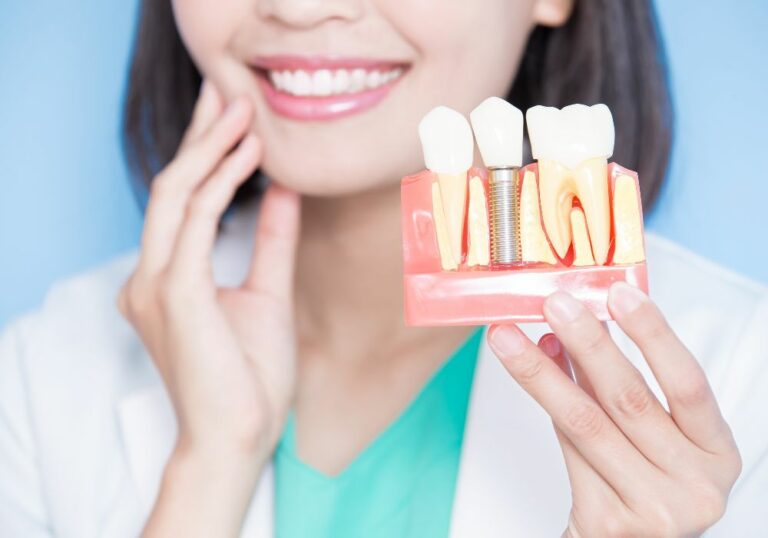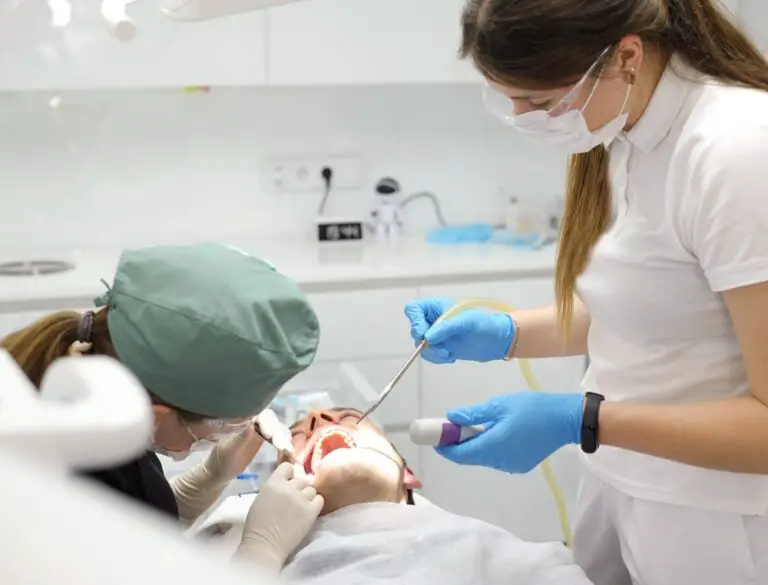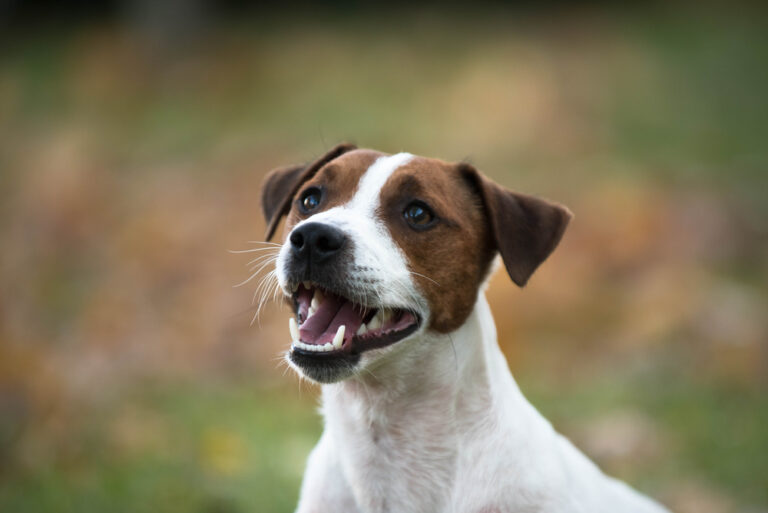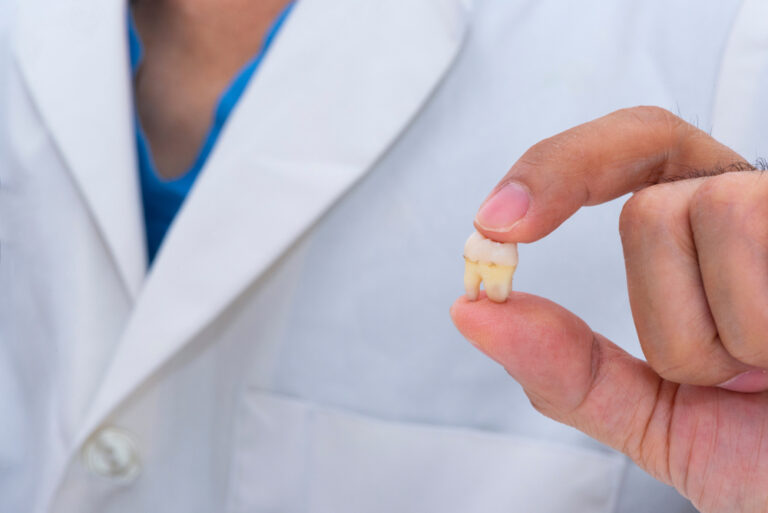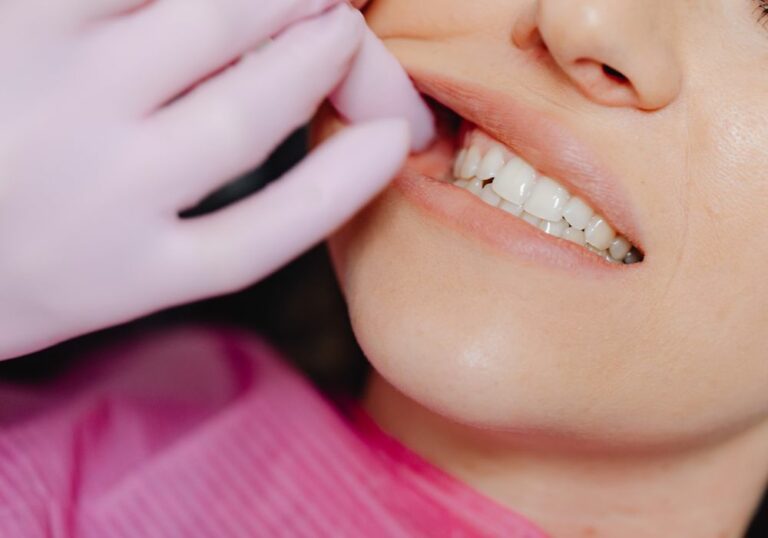If your normally friendly, eager dog unexpectedly bares his teeth when you go to hand him a treat, it can appear rather startling and concerning. However, there are several possible reasons for this behavior that are simply innate canine instincts and not necessarily aggression. Understanding the potential motivations and differentiating harmless displays from problematic ones is key to responding appropriately.
Anatomy behind the expression
To understand why dogs expose teeth, it helps to first look at how they contort their faces to produce this expression:
- Dogs have a layer of skin and muscle around their mouths allowing them to expand their lips.
- When a dog retracts these lip muscles, they curl vertically and expose the front teeth.
- Ears will often flatten back against the head to accompany the teeth exposure.
- The tongue may protrude or the jowls get tucked as well.
- Exposing teeth serves various communication functions for canines.
Common reasons for teeth displays with treats
Some of the most common motivations dogs have for showing their pearly whites when treats appear include:
1. Excitement and anticipation
- Many dogs bare their teeth involuntarily when excited about the prospect of a delicious treat or meal.
- Similar to humans smiling and licking their lips when served favorite foods, dogs may expose teeth in eager anticipation.
- Teeth exposure while wiggling, licking, and softly grunting typically signals happy excitement rather than aggression.
2. Natural grab and snap instinct
- Baring teeth allows dogs to swiftly grab food items, an innate behavior passed down from wolf ancestors.
- The momentary teeth display aids the immediate snapping motion wild canines use to claim desirable morsels before competitors.
- This grab and snap instinct remains engrained in our domesticated dogs.
3. Resource guarding
- Some dogs may view treats as valuable resources needing protection from perceived competitors.
- Dogs who fear their items being taken away may exhibit teeth displays as a warning when approached with treats.
- This mild guarding behavior stems from anxiety about losing items rather than true aggressive tendencies. It often resolves with training.
4. Dental pain or injury
- Underlying tooth fractures, abscesses, or other oral pain issues can cause dogs to bare teeth when anticipating biting down.
- The teeth display communicates hesitation to take the treat that may aggravate his dental discomfort when chewing.
- Veterinary dental exams help determine if any oral health issues are contributing to this behavior.
5. Mimicking learned behaviors
- Dogs are excellent observers and will mimic behaviors they witness being rewarded.
- If owners have encouraged teeth exposure as a trick or another dog in the home performs the expression for attention, treats, or play, they may copy it too.
Is brief teeth exposure problematic?
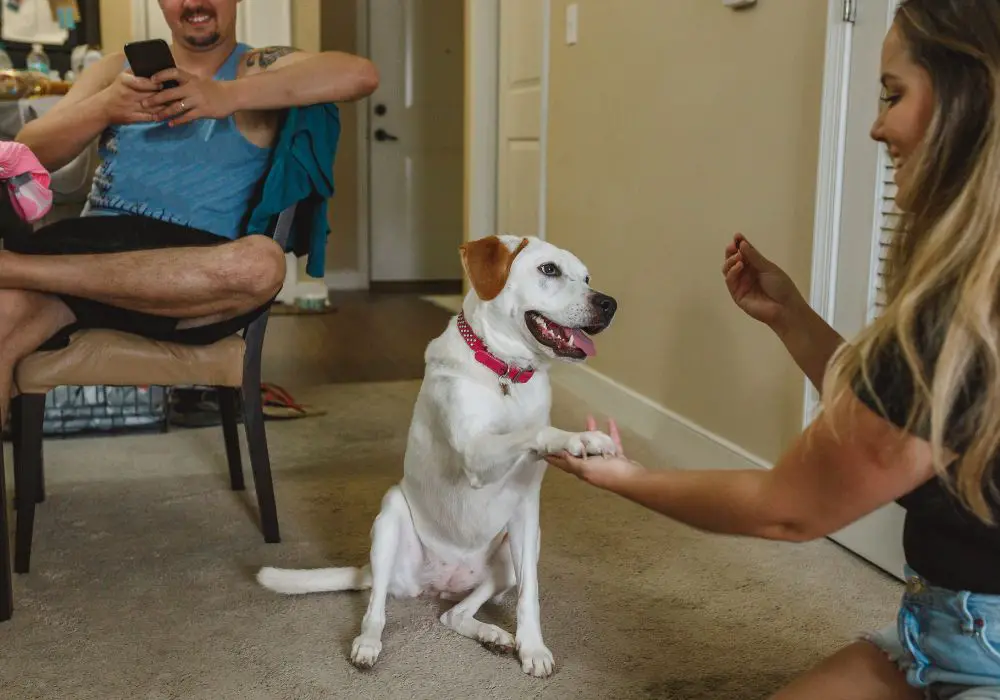
Momentarily baring teeth in anticipation or pure excitement when treats appear is usually harmless behavior in most dogs. But accompanying growling, lunging, snapping, or biting would warrant intervention by an experienced trainer or veterinary behaviorist.
If attention-seeking, redirect your dog’s focus during treat training to discourage the mimicry. And for potential dental irritation, have your veterinarian examine his mouth thoroughly. In most cases, a brief tooth display just signifies food-loving enthusiasm!
Tips for safe treat giving when your dog shows teeth
While scary looking, these tips can help minimize the risk of accidental nips from your treat-happy pooch:
- Stay calm and avoid tensing up or scolding excitement-based displays
- Place treats in a bowl rather than feeding directly from your hand
- Teach and reward an alternative excited reaction like “sit” or “down”
- Slowly present treats allowing your dog to gently take it from your palm
- Request a “kiss” before giving the treat as a calming ritual
- Praise and reward relaxed, controlled treat-taking
- Monitor for any escalation of guarding behaviors over time
- Consult a professional immediately if signs of true aggression develop
Differentiating harmless vs problematic displays
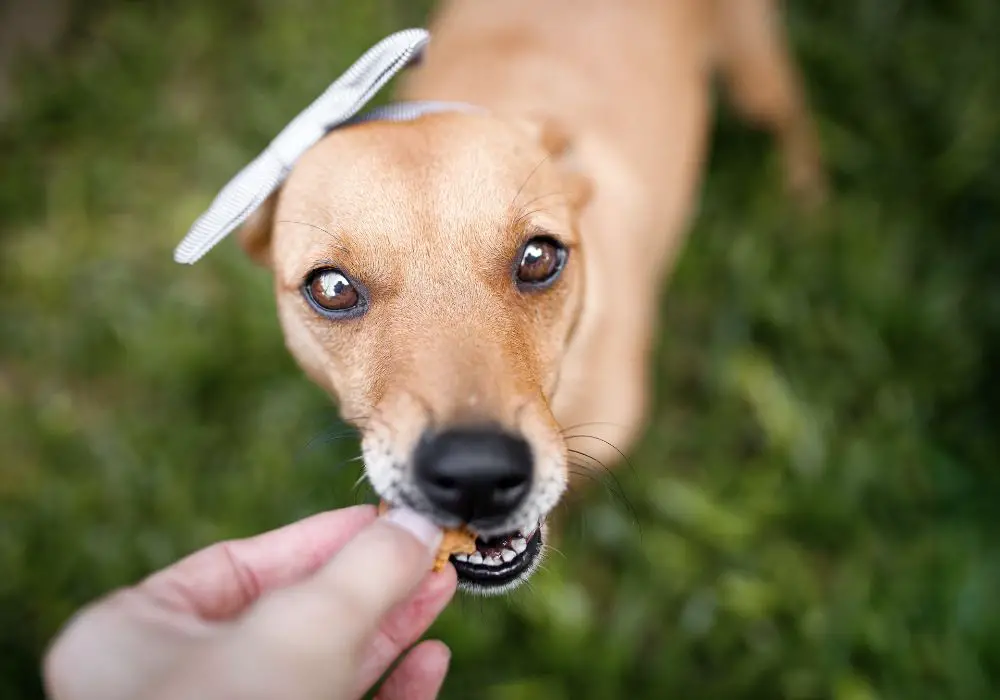
Brief excitement displays when treats appear are perfectly normal in most dogs. But seek help from your veterinarian if:
- Teeth exposure seems fearful, challenging, or territorial rather than anticipatory
- Growling, snapping, whirling, or biting ever accompanies the bared teeth
- Your dog obsessively guards food areas, bowls, or treats
- Aggressive body language and reactions are escalating over time
- You suspect dental pain may be contributing to abnormal behavior
While excitement and aggression can look similar, assessing the whole body and context helps determine the motivation. Never punish harmless displays, but do correct truly aggressive reactions.
FAQs about dogs exposing teeth with treats
Is my dog snarling or smiling when he shows his teeth?
Look for squinty eyes, wiggly body posture, soft grunts = smiling. Flattened ears, tense muscles, growling = snarling. Differentiate the emotional state based on other behaviors.
Why did my rescue dog start baring his teeth for treats when he never did before?
Past food instability may have created resource guarding tendencies. Building confidence through positive reinforcement helps most rescued dogs overcome this fears.
Should I avoid hand feeding my dog treats since it makes him bare his teeth?
You can minimize risk by placing treats in a bowl, but hand feeding provides bonding and training opportunities. Reward gentle treat-taking from an open palm while training impulse control.
My older dog recently started displaying teeth with hard treats. Could it be his mouth hurting?
It’s quite possible. Have your vet examine his mouth to assess for fractured teeth, abscesses, or other problems. Switch to soft treats in the meantime to minimize discomfort.
Is there a way to train my dog not to bare his teeth when excited for food?
Use positive reinforcement to teach and reward an alternate behavior like sitting calmly or “giving kisses” before receiving treats. Redirection and praise of incompatible relaxed behaviors can minimize the excitement displays.
Let me know if you would like me to modify or expand on this article in any way. I can provide more examples of different motivations for teeth displays in dogs and ways to curb problematic guarding behavior. Please feel free to give me any feedback to improve the content.

